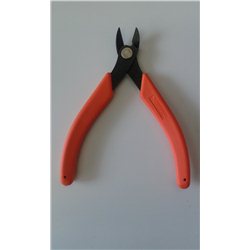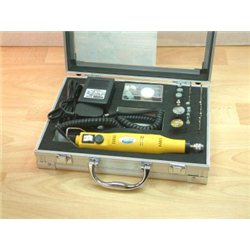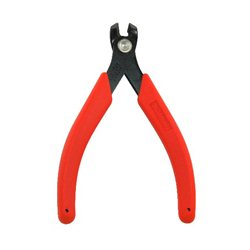When building a plastic kit model it is normal for the parts to come out of the box arranged on a plastic frame. This...
No products
Product successfully added to your shopping cart
There are 0 items in your cart. There is 1 item in your cart.
Search Tips
Christmas and New Year
We are dispatching orders every weekday apart from Christmas Day, Boxing Day and New Year's Day.
If you order is time critical, select next day delivery at checkout.
The shop in Sandown is closed from 25th December, reopening on 30th December.
How do I cut flexible track?
Once upon a time I would have said a newly bladed junior hacksaw and some warding files, but these days I would have to say get a pair of track cutters (not to be confused with sprue cutters which are entirely different).
The reason why they are so much better than a hacksaw or even a mini drill is because they hold the track in place when cutting. As the track is flexible, this makes a huge difference to the end result.
Track cutters will give you a nice clean finish with limited filing required.
They exist in two formats: horizontal and vertical. The horizontal cutters are the most common ones, where you cut the track before laying it.
The vertical track cutters allow you to cut from above the rail, that is when the track is already laid.
For those of you old school out there still using a blade, give the cutters a try, they save lots of time and are a lot safer!
Click here to receive the tips weekly in your mailbox. You can unsubscribe at any time.










